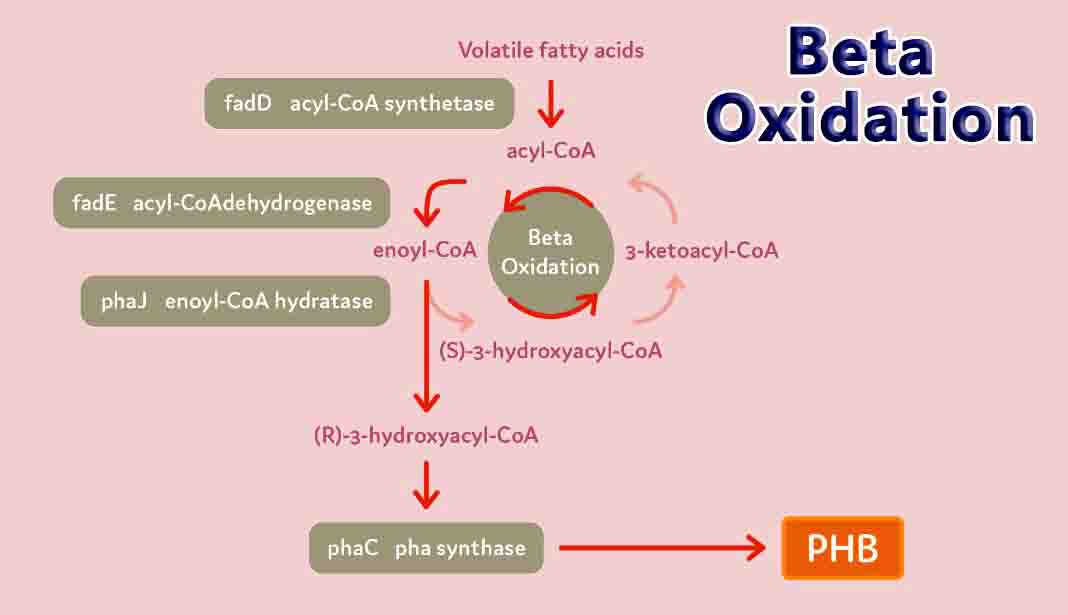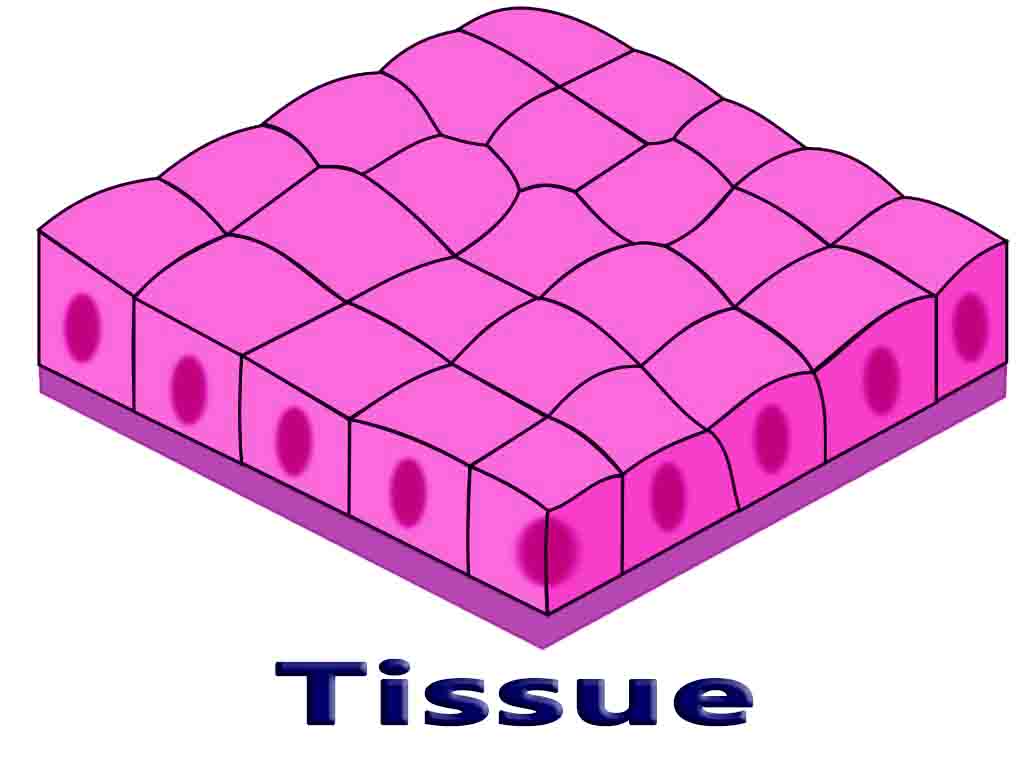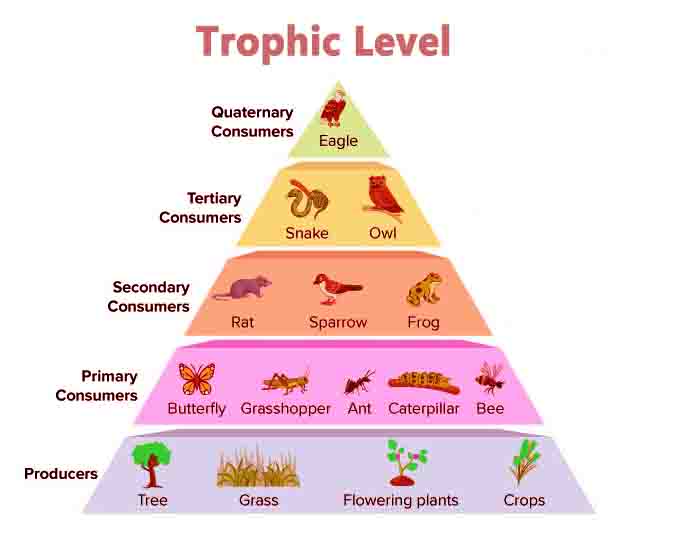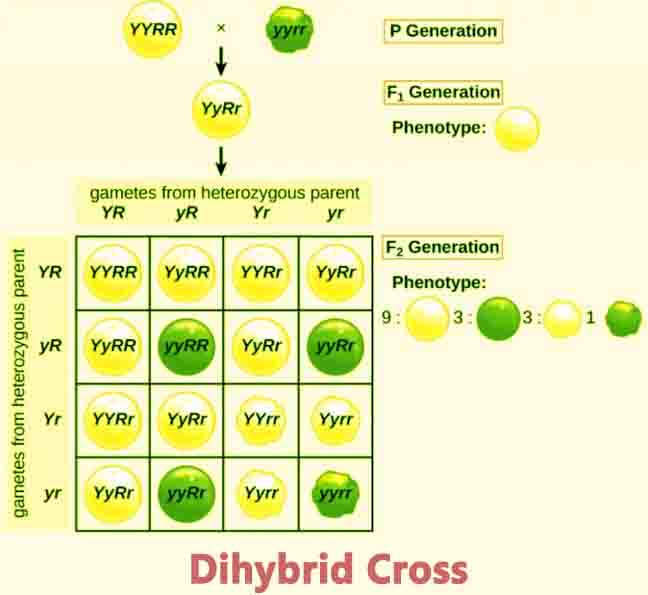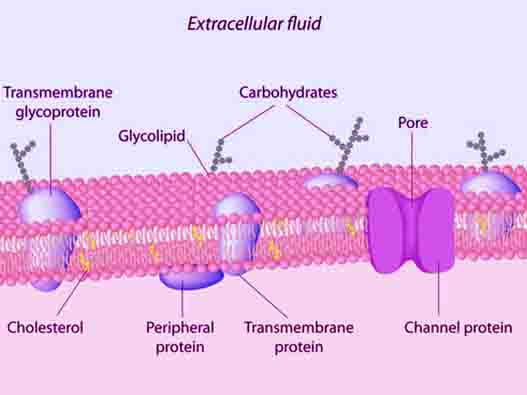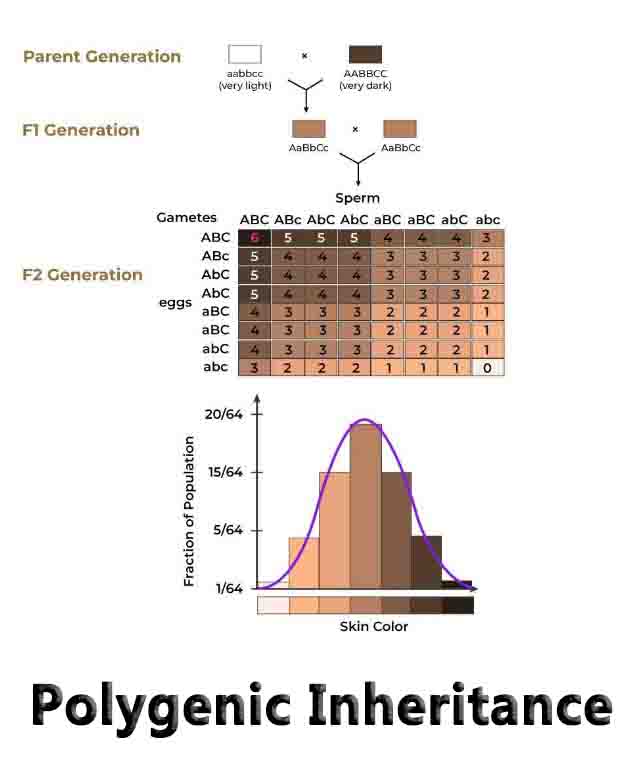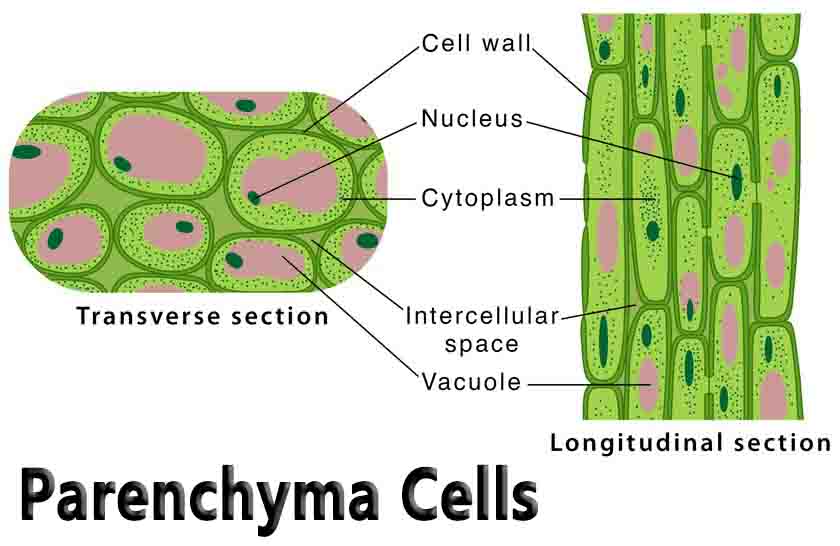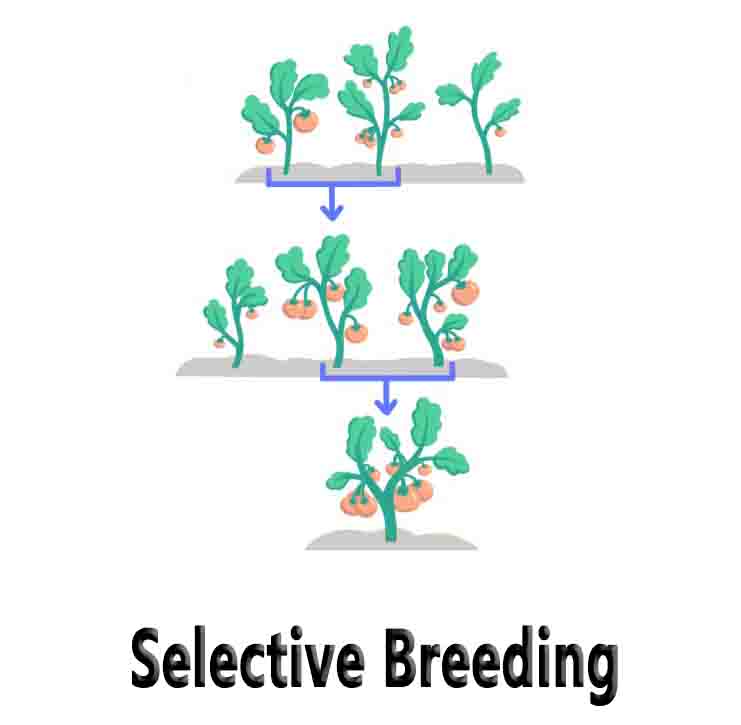Beta Oxidation
Beta Oxidation Definition In beta oxidation, fatty acid molecules are broken down to produce energy through multiple steps. The beta oxidation process breaks down long fatty acids that have been converted into acyl-CoA chains into progressively smaller fatty acyl-CoA chains. As a result of this reaction, acetyl-CoA, FADH2 and NADH are released, the three of … Read more

